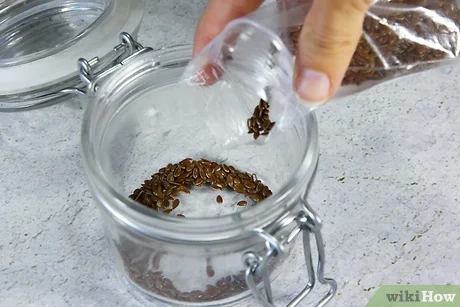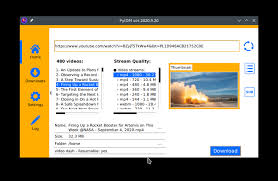How to Take Care of a Five Lined Skink

Introduction
Five lined skinks, scientifically referred to as Plestiodon fasciatus, are small, captivating reptiles native to North America. With their bright blue tails and unique stripes, these vibrant lizards make for amazing pets, especially for first-time reptile owners. Taking care of a five lined skink requires careful attention to their habitat, diet, and behavior. In this article, we will provide you with comprehensive guidelines on how to maintain the health and happiness of your five lined skink.
Creating the Perfect Habitat
1. Enclosure: A 20-gallon long terrarium is suitable for housing one adult five lined skink. However, if you plan on keeping multiple skinks together, be prepared to provide a larger enclosure where they can establish their territories. Glass or plastic habitats are ideal as they retain heat well and offer great visibility.
2. Substrate: Provide a substrate of at least 2-3 inches in depth that retains moisture and allows for burrowing. Coconut fiber, cypress mulch, or a mix of peat moss and soil are suitable options.
3. Hiding Spots: Five lined skinks need hiding spaces where they can feel secure. Place at least two hideouts in the habitat – one on the cooler side and another on the warmer side.
4. Heating: Skinks require a temperature gradient in their environment to regulate their body temperatures effectively. Position a heat source, such as a heat lamp or under tank heater, on one side of the enclosure to create a basking area with temperatures around 85-90°F (29-32°C). The cooler side should maintain temperatures between 70-75°F (21-24°C).
5. Lighting: Make sure you provide your five lined skink with a full spectrum UVB light for approximately 12 hours per day imitating natural daylight.
6. Humidity: These reptiles thrive in moderate humidity levels, so aim to keep the enclosure between 40-60%. Mist the habitat lightly daily or use a reptile-specific humidifier to maintain the appropriate levels.
Feeding and Nutrition
1. Diet: Five lined skinks are primarily insectivorous, so a diet consisting of various insects such as crickets, roaches, mealworms, and waxworms is ideal. Offer food every other day for juveniles and two to three times per week for adults.
2. Vitamins and Minerals: Dust the insect prey with a calcium supplement 2-3 times per week and a multivitamin supplement once a week to ensure optimal nutrition.
3. Hydration: Provide fresh water in a shallow dish daily. Make sure to clean the water dish regularly to avoid bacteria buildup.
Regular Monitoring and Maintenance
1. Health Check: Routinely monitor your skink’s behavior for any changes, such as loss of appetite, lethargy, or difficulty shedding. If you encounter any health concerns, consult with a veterinarian specializing in reptiles.
2. Handling: While some five lined skinks may tolerate handling when done gently and patiently, they can be prone to stress and are often swift movers. Minimize handling time to avoid unnecessary stress.
3. Habitat Cleaning: Regularly clean your skink’s habitat by spot-cleaning waste daily and conducting a deep clean once every month, including changing the substrate.
Conclusion
With proper care, five lined skinks can make fascinating and rewarding pets that live around 5-10 years on average in captivity. By providing them with an appropriate habitat, nutritious diet, and regular monitoring for any health or behavioral issues, you’ll create a comfortable environment in which your scaly friend can thrive!






